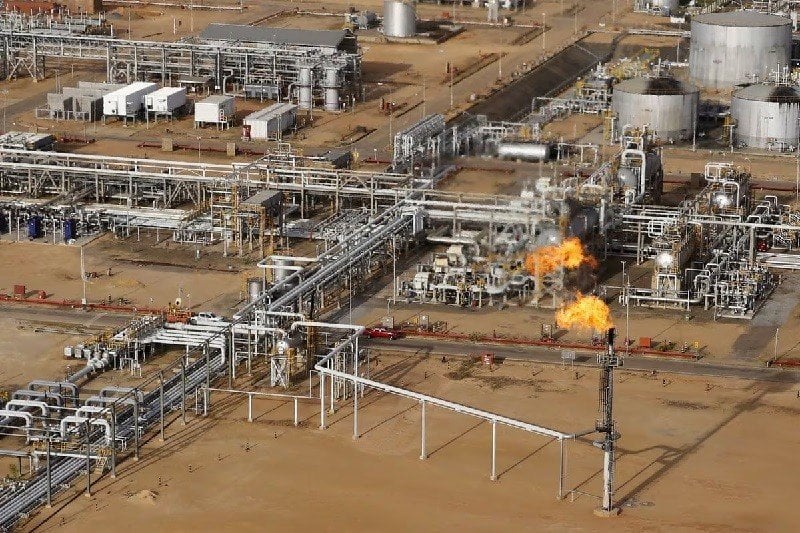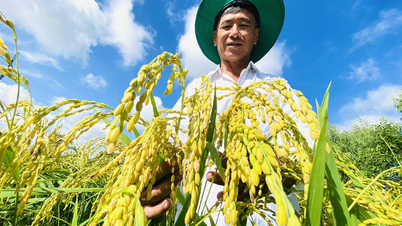 |
| A crude oil processing plant of Venezuela's state oil company PDVSA. (Source: Reuters) |
According to the Organization of the Petroleum Exporting Countries (OPEC), in November 2023, Venezuela produced an average of 801,000 barrels/day, up 15.5% compared to the same period in 2022, when the country produced an average of 693,000 barrels/day.
PDVSA asserted that the state-owned enterprise can operate within the current commercial framework and has developed additional capacity to access inputs for crude oil production, including diluents needed to transport and trade heavy crude.
In addition, PDVSA’s production of fuel, gas and derivatives has stabilized, while refining capacity has increased to around 300,000 barrels per day thanks to the development of a “recovery and investment process” of the national refining system through international alliances, adaptation and domestic production of spare parts.
PDVSA currently fully meets its domestic oil and gas needs and believes Venezuela can become a gas powerhouse in the future.
PDVSA President Rafael Tellechea recently announced that Venezuela's oil industry is recovering fully and reaffirmed his commitment to increase crude oil production this year to more than 1 million barrels per day.
Venezuela has the largest proven crude oil reserves on the planet and is poised for a huge growth spurt after the US temporarily lifted some sanctions on the country's oil industry.
In late 2022, Washington began giving the green light to foreign oil companies that wanted to recover outstanding debts and dividends in Venezuela.
In October 2023, the US continued to loosen policies by extending a six-month general license allowing the export of crude oil and gas from Venezuela to a number of markets.
The easing of sanctions has allowed PDVSA to increase its crude and fuel exports, and global trading companies that had been hampered by sanctions have become the first buyers of Venezuelan fuel and supplies of essential products for domestic production.
The measures have paved the way for Venezuelan crude to return to the US market after a four-year hiatus, while also facilitating the resumption of oil exports to India, which was previously one of the top three destinations for Venezuelan oil.
China, which has never suspended fuel imports from Venezuela, was the main destination for the commodity in 2023, accounting for about 65% of the South American country's average exports of 695,192 barrels per day, according to LSEG vessel monitoring data and PDVSA reports.
The US receives 19% of Venezuela's total fuel exports, or about 135,000 barrels per day, while European countries account for 4% and Cuba imports 8%.
Countries such as Brazil, Colombia and Panama also received some shipments last year.
Source





























![[Photo] National Assembly Chairman Tran Thanh Man visits Vietnamese Heroic Mother Ta Thi Tran](https://vphoto.vietnam.vn/thumb/1200x675/vietnam/resource/IMAGE/2025/7/20/765c0bd057dd44ad83ab89fe0255b783)





































































Comment (0)